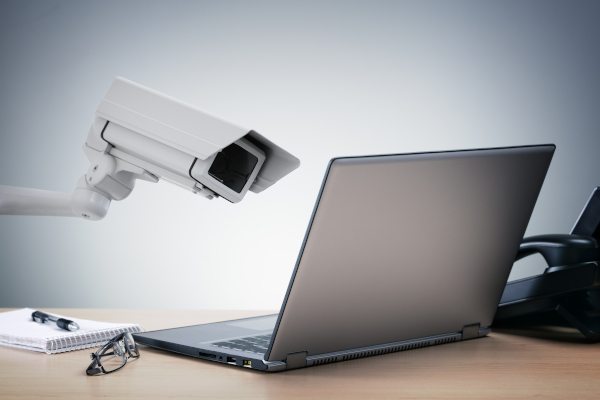 In today's digital age, data security is of paramount importance. Businesses must ensure that they have the necessary controls and processes in place to protect sensitive information from theft, misuse, or other forms of unauthorized access. This is where ISO 27001 comes in, an internationally recognized standard for information security management. Implementing this standard can help organizations improve their information security practices, reduce the risk of data breaches, and increase customer confidence in their ability to protect sensitive data.
In today's digital age, data security is of paramount importance. Businesses must ensure that they have the necessary controls and processes in place to protect sensitive information from theft, misuse, or other forms of unauthorized access. This is where ISO 27001 comes in, an internationally recognized standard for information security management. Implementing this standard can help organizations improve their information security practices, reduce the risk of data breaches, and increase customer confidence in their ability to protect sensitive data.One way to ensure that a business is compliant with the ISO 27001 standard is to conduct a gap analysis. This process involves identifying any areas where the organization's current security practices do not meet the requirements of the standard. Conducting a gap analysis can bring many benefits, including:
Identifying Areas of Weakness: The first and most obvious benefit of conducting a gap analysis is that it helps businesses identify areas where their information security practices may be weak. By conducting a thorough review of the organization's security controls, policies, and procedures, businesses can pinpoint any areas that require attention or improvement.
Better Compliance: Compliance with ISO 27001 is critical to ensure that sensitive data is adequately protected. Conducting a gap analysis can help businesses understand where they stand with respect to the standard's requirements, which, in turn, can help them take necessary measures to ensure compliance.
Cost-Effective: A gap analysis is a cost-effective way to assess an organization's security posture. Conducting a gap analysis is typically less expensive than implementing an entire security program, allowing businesses to prioritize areas for improvement and allocate resources accordingly.
Improved Risk Management: Conducting a gap analysis can help businesses improve their risk management processes. By identifying areas of weakness, businesses can develop strategies to mitigate any risks associated with these areas. This proactive approach can help prevent security incidents and minimize the potential impact of any breaches.
Competitive Advantage: Implementing ISO 27001 can give businesses a competitive advantage by demonstrating their commitment to information security. By conducting a gap analysis and addressing any areas of weakness, businesses can enhance their reputation and increase customer confidence in their ability to protect sensitive data.
In conclusion, conducting an ISO 27001 gap analysis is an essential step for businesses looking to improve their information security practices. By identifying areas of weakness, improving compliance, reducing costs, enhancing risk management, and gaining a competitive advantage, businesses can ensure that they are adequately protected against the growing threat of cyber attacks.
